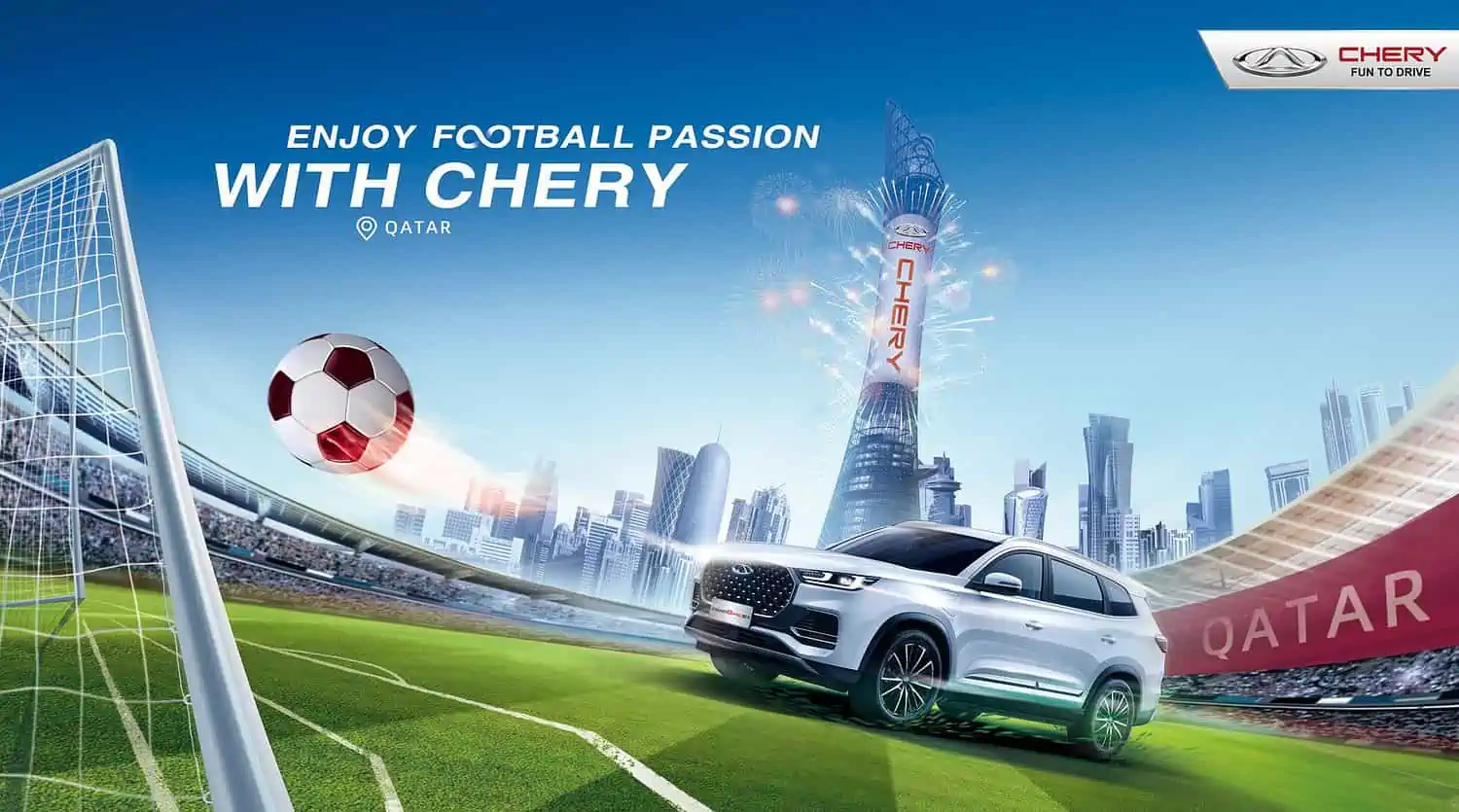The soccer sporting spectacle in Qatar was billed from the onset as the ‘greenest sporting event’ in the world. Its focus on environmental protection has ensured that besides soccer, the topics of carbon neutrality and peak carbon usage are on the global agenda.
One example of the marriage between sport and the protection of the environment can be seen in the design and construction of Stadium 974. This stadium, in the city of Doha, utilised 974 reclaimed shipping containers in its construction that can be reused and recycled after the conclusion of the FIFA World Cup.
The same applies to the Lusail Iconic Stadium in Qatar where the final match will be played.
This 92 000-seater stadium was built by Chinese specialists, and it uses solar power for all its energy needs and has no carbon footprint. It is the first stadium of its kind to meet the Five Start Standard set for global sustainable development.
China has been at the forefront of developing sustainable technologies for all industries, including motoring. Chery, as the leading vehicle exporter in China for close on two decades, has led the way by developing a complete range of new environmentally friendly technologies for its current and future vehicles.
At the heart of Chery’s development is its engineering goal of developing four vehicle platforms, five general vehicle subsystems and seven core technologies. These systems and platforms can be combined in several ways to deliver vehicles that utilise almost every type of energy and that can be used in any application.
Using this overarching methodology, Chery has proven that it is ready to deliver vehicles that use clean internal combustion engines (ICE), hybrid (HEV) and plug-in hybrid systems (PHEV), pure electric systems (EV), range-extended electric systems (REEV) and hydrogen fuel-cell new energy vehicles (FCEV).
One of the newest drivetrain systems that has been introduced under this approach is Chery’s DHT Super Hybrid system.
The new Hybrid system combines three powertrains (two electric, one internal combustion), three gears, eleven speed ratios and nine distinct working modes to offer some of the most efficient power transfer systems in a modern vehicle. Independent tests have verified a 90%+ efficiency rating for the electric drive system and a transmission efficiency of more than 97.6%.
The DHT Super Hybrid system shows what is possible when Chery applies its many proprietary environmentally friendly technologies in one system.
More importantly, the DHT Super Hybrid system shows how a focus on improving every single technology, rather than just making them work together in a vehicle, can deliver incredible results. As proof, the DHT Super Hybrid system has been tested to deliver fuel usage of as little as 1.55 litre per 100 km (comprehensive condition) and a pure electric range of more than 80 km.
Another example of Chery’s unwavering focus on green technology is the development of new innovations in the field of EIC (the management of motor, battery and electric systems in new energy vehicles) that allow for the most efficient management of all energy systems in a vehicle.
Chery’s innovation in green technologies stretches well beyond vehicle propulsion. It is the inventor of a range of new lightweight aluminium alloys. These alloys make it possible for vehicle manufacturers to design strong and extremely lightweight vehicles and vehicle components, with the subsequent benefit in lower energy consumption, higher range and a lower environmental impact across the life cycle of the vehicle.
Going forward, Chery will further accelerate its investment in green and sustainable technologies to make sure that environmentally friendly motoring is within reach of more people, across more vehicles and in more applications.
In doing this, Chery will add its voice to that of other industries, such as sport and construction, in the collective drive to create a clean and healthy future for all of earth’s inhabitants.
Content and images supplied via QuickPic
